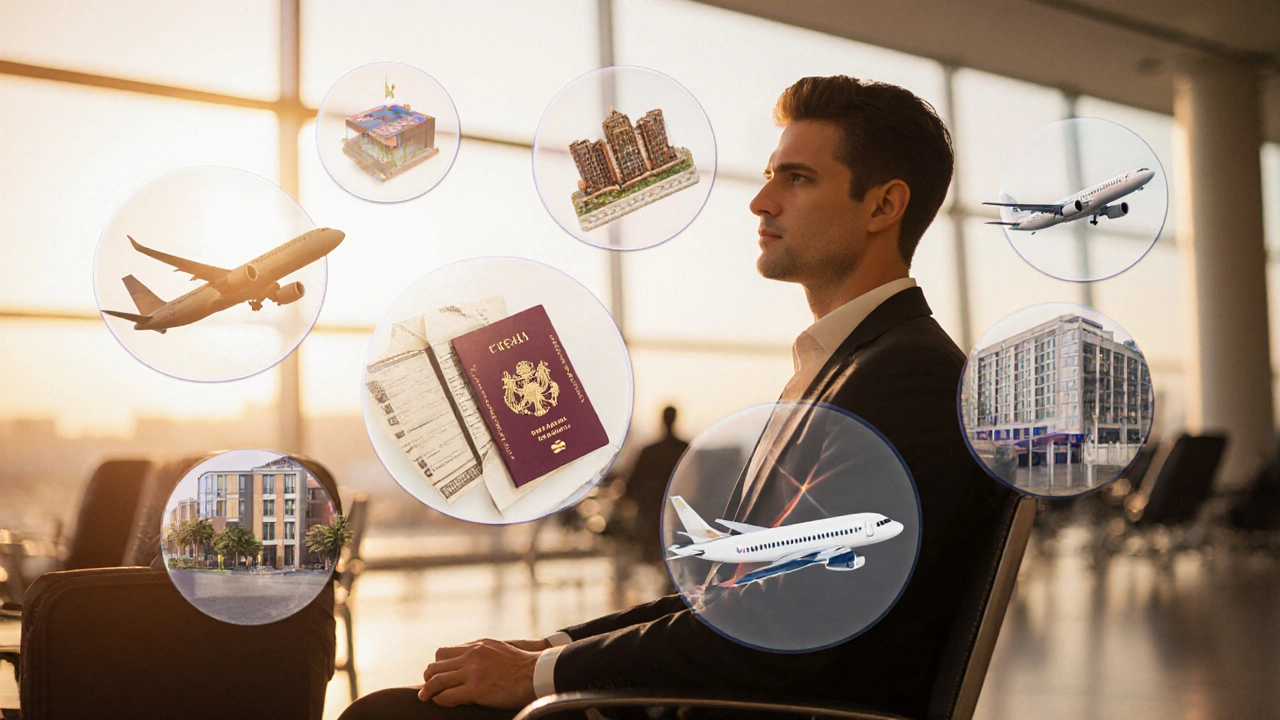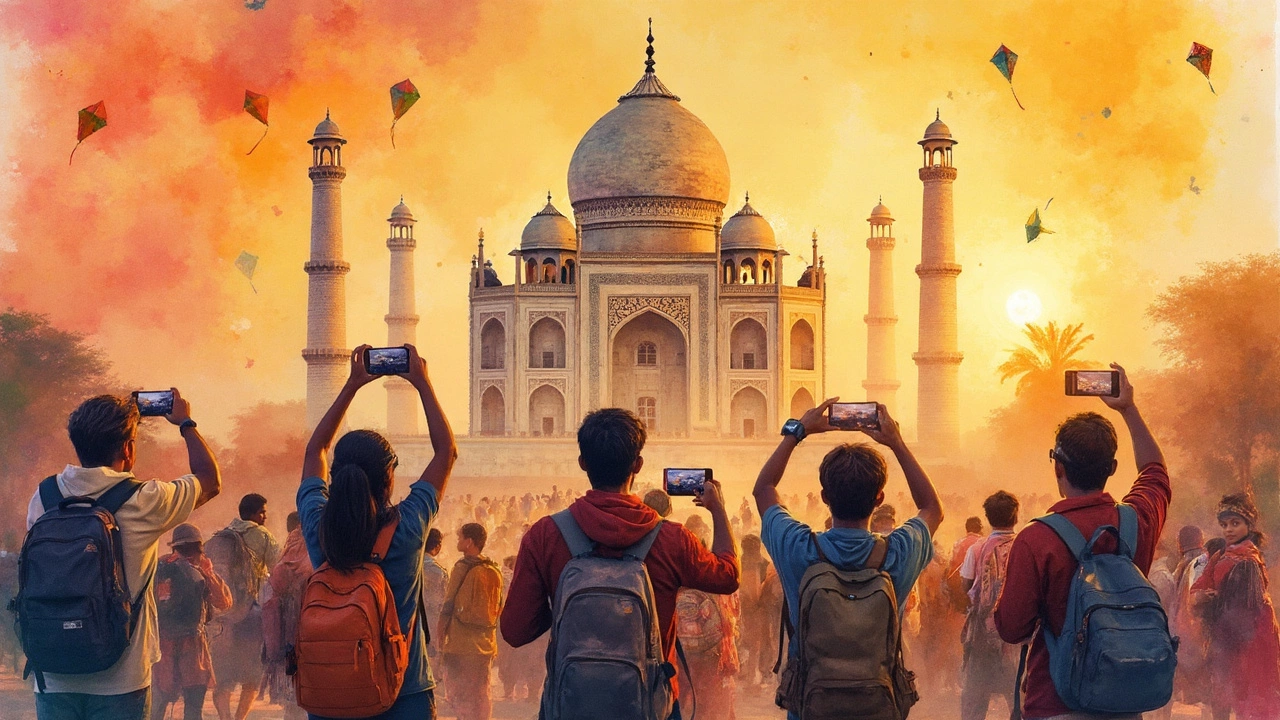SEARCH
Travel Expenses in India – How Much Should You Spend in 2025?
Planning a trip to India can feel overwhelming because prices vary so much from region to region. The good news is you don’t need a huge bank balance to explore the country. By understanding the main cost buckets and using a few smart tricks, you can keep your budget in check while still enjoying the sights, sounds, and flavors India offers.
Common Cost Categories
First, break your budget down into five parts: flights, accommodation, food, local transport, and activities. International flights to major gateways like Delhi or Mumbai usually range from $600 to $1,200 depending on the season and how early you book. For domestic travel, trains are the cheapest option – a sleeper class ticket from Delhi to Jaipur costs about ₹500, while an AC 3‑tier ticket is roughly ₹1,200.
Accommodation is the next big factor. Hostels and budget guesthouses in South India can be found for ₹500‑₹800 per night. Mid‑range hotels in popular cities such as Jaipur or Kochi average ₹2,000‑₹3,500. If you’re comfortable with a bit of adventure, homestays and Airbnb listings often give you a local feel for the same price.
Food is where many travelers either splurge or save dramatically. Street food meals – think dosa, chaat, or vada pav – cost ₹50‑₹150 each. A sit‑down restaurant will be ₹300‑₹600 per person. If you stick to local eateries, a daily food budget of ₹300‑₹600 is realistic across most of the country.
Local transport includes auto‑rickshaws, city buses, and app‑based cabs. In metros like Delhi or Bangalore, a day pass costs around ₹200. For intercity trips, buses are cheap (₹300‑₹800) but slower; trains remain the sweet spot for speed and price.
Finally, activities – entry fees for monuments, guided tours, or adventure sports – add up. The Taj Mahal entry is ₹1,300 for foreigners, while a hike in the Western Ghats may cost only ₹200 for a guide. Allocate ₹500‑₹1,000 per day for experiences if you want to see the highlights.
Saving Hacks for Every Traveler
Use the "cheapest month" insight from our guide: traveling in February or October usually means lower flight prices and fewer crowds. Book trains and buses at least a month in advance via IRCTC or local operators to lock in the best rates.
Skip expensive airport taxis – a shared auto‑rickshaw or a city bus can get you to the hotel for a fraction of the cost. When staying for more than three nights, negotiate a discount with the hotel or look for weekly rates on platforms like OYO.
Eat where locals eat. Our "What to Eat in India" article explains which dishes are safe and tasty, helping you avoid pricey tourist traps. Buying fresh fruit and snacks from local markets can also stretch your food budget.
If you plan a South India itinerary, refer to the "South India Trip Cost" guide – it breaks down expenses for Kerala, Tamil Nadu, and Karnataka, showing that a comfortable budget of ₹2,000‑₹2,500 per day covers everything from transport to meals.
Travel insurance might feel optional, but a low‑cost policy (₹500‑₹1,000 for a two‑week trip) can save you big if anything goes wrong. It’s a small price for peace of mind.
By tracking your spend in each category and adjusting on the fly – for example, swapping a fancy dinner for a street‑food dinner one night – you’ll stay within your budget without missing out on the Indian experience.
So, whether you’re a backpacker aiming for ₹1,500 a day or a couple looking for a comfortable ₹4,000 a day, the numbers are clear. Plan, book smart, eat local, and enjoy the journey without worrying about the bill.

Why Is a Trip to India So Expensive? Explained
Explore why trips to India often feel pricey, break down the main cost drivers, and learn practical tips to keep your travel budget in check.
Continue reading
Budget Travel in India: How Much Money Do You Really Need?
Planning a trip to India on a budget can be an exciting adventure filled with vibrant colors, historical wonders, and diverse cultures. Knowing how much money you'll need can make or break your travel experience. This article explores the realistic costs associated with food, accommodation, transportation, and popular attractions in India. We also provide practical tips on saving money without sacrificing fun and comfort, helping you create an enriching itinerary that doesn't drain your wallet.
Continue reading